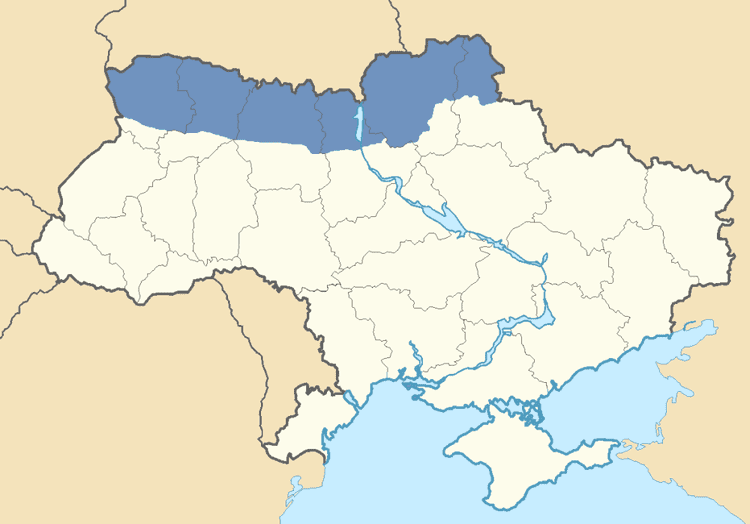 | ||
Humor tucumano polesia gordillo completo
Polesia, Polesie or Polesye (Belarusian: Пале́ссе Paliessie, Ukrainian: Полі́сся Polissia or Polisia, Polish: Polesie [pɔˈlɛɕɛ], Russian: Поле́сье Poles'e [pɐˈlʲesʲɪ]) is a natural and historical region of Eastern Europe, stretching from parts of Eastern Poland, straddling the Belarus - Ukraine border and into western Russia.
Contents
- Humor tucumano polesia gordillo completo
- Polesia czar the spell of polesie polish tango 1927
- Extent
- Name
- History
- Geography
- Tourism
- References
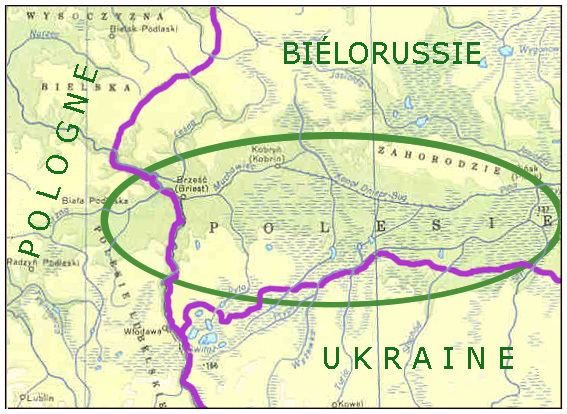
Polesia czar the spell of polesie polish tango 1927
Extent
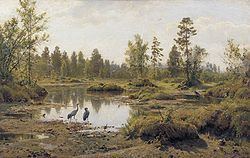
One of the largest forest areas on the continent, Polesia is located in the south-western part of the Eastern-European Lowland, the Polesian Lowland. On the western side, Polesia originates at the crossing of the Bug River valley in Poland and the Pripyat River valley of Western Ukraine. The swampy areas of central Polesia are known as the Pinsk Marshes (after the major local city of Pinsk). Large parts of the region were contaminated after the Chernobyl disaster and the region now includes the Chernobyl Exclusion Zone and Polesie State Radioecological Reserve, named after the region.
Name
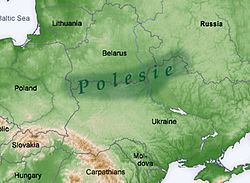
The names Polesia/Polissia/Polesye, etc. may reflect the Slavic root les, which means "forest", and the Slavic prefix po-, which means "on", "in" or "along". Inhabitants of Polesia are called Polishchuks.
History
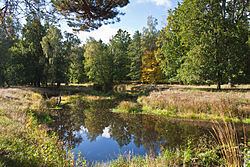
Once part of the Grand Duchy of Lithuania, Polesia was largely part of Poland in the 1921-39 period when the country's largest provinces bore that name. Polesia has rarely been a separate administrative unit. However, there was a Polesie Voivodeship during the Second Polish Republic, as well as a Polesia Voblast in Byelorussian SSR. From 1931 to 1944, it was explicitly mentioned as constituent part of the short-lived (Byzantine Rite) Ukrainian Catholic Apostolic Exarchate of Volhynia, Polesia and Pidliashia .
Geography

Polesia is a marshy region lining the Pripyat River (Pripyat Marshes) in Southern Belarus (Brest, Pinsk, Kalinkavichy, Homel), Northern Ukraine (in the Volyn, Rivne, Zhytomyr, Kiev and Chernihiv Oblasts), and partly in Poland (Lublin) and Russia (Bryansk). It is a flatland within the watersheds of the Western Bug and Prypyat rivers. The two rivers are connected by the Dnieper-Bug Canal, built during the reign of Stanislaus II of Poland, the last king of the Polish-Lithuanian Commonwealth.

Notable tributaries of the Pripyat are the Horyn, Stokhod, Styr, Ptsich, and Yaselda rivers. The largest towns in the Pripyat basin are Pinsk, Stolin, Davyd-Haradok. Huge marshes were reclaimed from the 1960s to the 1980s for farmland. The reclamation is believed to have harmed the environment along the course of the Pripyat.
This region suffered severely from the Chernobyl disaster. Huge areas were polluted by radioactive elements. The most polluted part includes the Chernobyl Exclusion Zone and the adjacent Polesie State Radioecological Reserve. Some other areas in the region are considered unsuitable for living as well.
Tourism
The Polish part of the region includes the Polesie National Park (Poleski Park Narodowy), established 1990, which covers an area of 97.6 square kilometres (37.7 sq mi). This and a wider area adjoining it (up to the Ukrainian border) make up the UNESCO-designated West Polesie Biosphere Reserve, which borders a similar reserve (the Shatskiy Biosphere Reserve) on the Ukrainian side. There is also a protected area called Pribuzhskoye-Polesie in the Belarusian part of the region.
The wooden architecture structures in the region were added to the UNESCO World Heritage Tentative List on 30 January 2004 in the Cultural category.
The Ukrainian Polesia had its own tradition of folk icon-painting. The images of the saints are peaceful and stable, having deep eyes. The plots were often depicted on the background of landscapes with trees, sky, forests etc. The Ukrainian Polesia's icon collection is the part of the exhibition of the Museum of Ukrainian home icons in the Historical and cultural complex "The Radomysl Castle".
